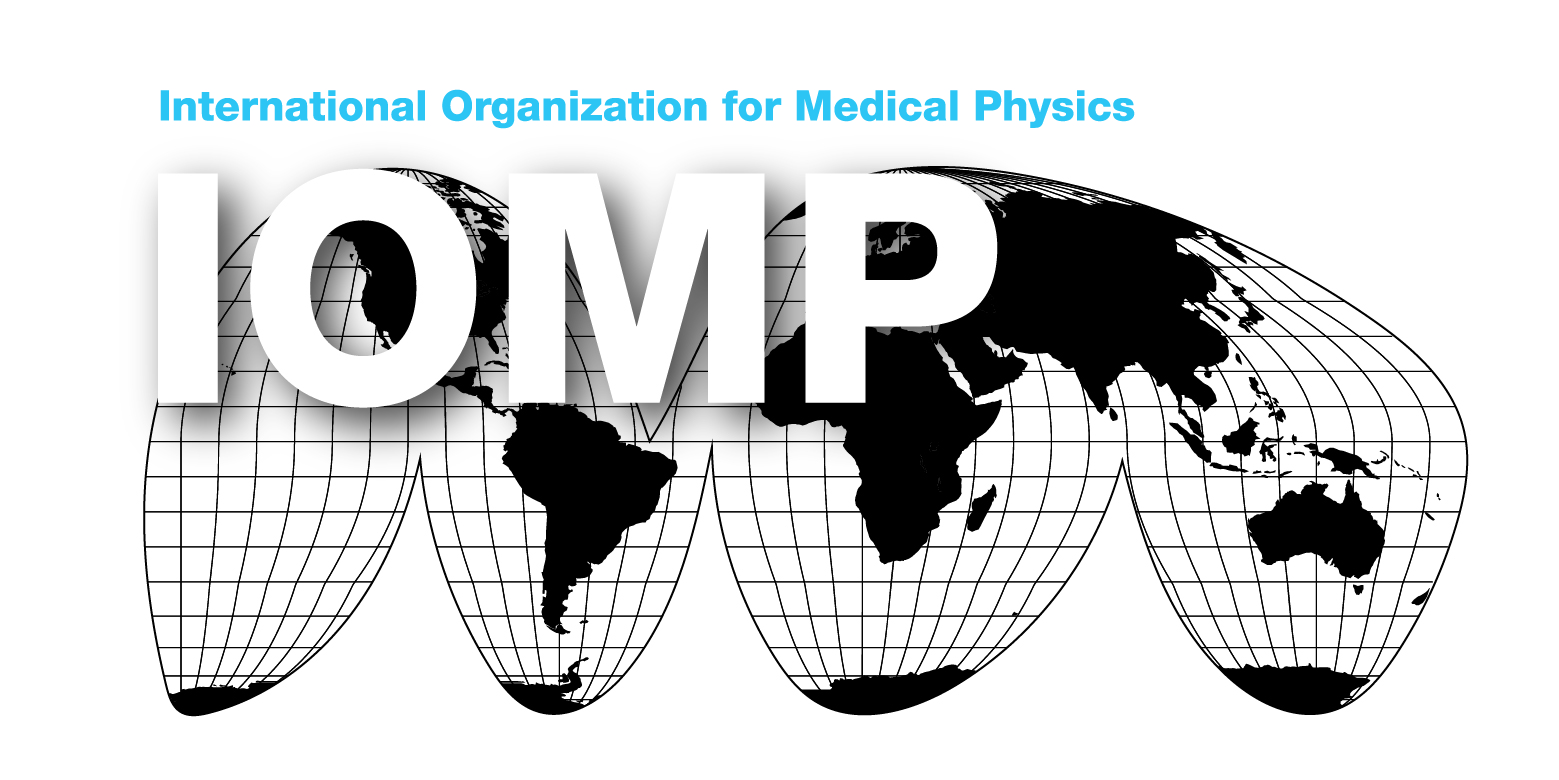Is FLASH radiotherapy coming?
David P. Gierga, PhD
Massachusetts General Hospital, Boston
DGIERGA@mgh.harvard.edu
FLASH radiotherapy has received a large amount of recent attention. The hypothesis is that very high dose rates (on the order of 100-1000 Gy/second) can lead to enhanced normal tissue sparing. If confirmed in a clinical setting, this could have enormous implications for radiotherapy. A recent “Oncology Scan” article in the International Journal of Radiation Oncology Biology Physics highlighted three recent papers on FLASH in a pre-clinical setting1-4. In the first paper, Montal-Gruel et al showed that a single whole-brain dose given at high dose rates did not result in a memory deficit and reduced cognitive damage in mice. In the second paper, Vozenin et al demonstrated the advantage of FLASH in min-pigs and cats. The third paper, however, by Zlobinskaya et al, did not demonstrate a difference in RBE for pulsed proton beams (delivered in nano-second pulses) vs continuous irradiation.
Three additional recent publications from the Radiotherapy and Oncology also explore FLASH radiotherapy. Buonanno et al tested human lung fibroblasts exposed to protons at dose rates varying from 1000 Gy/sec to 0.05 Gy/sec and found little effect on acute effects but significantly reduced delayed detrimental effects at FLASH dose rates5. Second, Spitz et al hypothesize several models, based on radiochemistry and oxygen depletion that could be used to explain the underlying biological effects of FLASH vs conventional dose rates on both normal tissues and tumors6. Lastly, Lempart et al demonstrated that ultra-high dose rates (hundreds of Gy/sec) were possible using a modified clinical linear accelerator7.
Certainly, the underlying biological mechanisms of ultra-high dose rate radiotherapy are not fully understood, and further testing is required to confirm if gains in the therapeutic ratio are indeed possible. The possibilities, however, are quite intriguing and continued research is certainly warranted.
References:
- Al-Hallaq, M. Cao, E. Klein, Cured in a FLASH: Reducing normal tissue toxicities using ultra-high-dose rates. Int J Radiation Oncol Biol Phys, 104(2), 2019. https://doi.org/10.1016/j.ijrobp.2019.01.093
- Montal-Gruel, A. Bouchet, M. Jaccard, et al. X-rays can trigger the FLASH effect: Ultra-high dose-rate synchrotron light source prevents normal brain injury after whole brain irradiation in mice. Radiotherapy and Oncology 129, 2018. https://doi.org/10.1016/j.radonc.2018.08.016
- -C. Vozenin, P.D. Fornel, K. Petersson, et al., The Advantage of FLASH radiotherapy confirmed in mini-pig and cat-cancer patients, Clin Cancer Research 25(1), 2018 http://clincancerres.aacrjournals.org/content/25/1/35
- Zlobinskaya, C. Siebenwirth, C. Greubel, et al., The effects of ultra-high dose rate proton irradiation on growth delay in the treatment of human tumor xenografts in nude mice. Radiation Research 181(2), 2014. https://doi.org/10.1667/RR13464.1
- Buonanno, V. Grilj and D. J. Brenner, Biological effects in normal cells exposed to FLASH dose rate protons, Radiotherapy and Oncology, 2019. https://doi.org/10.1016/j.radonc.2019.02.009
- R. Spitz, G. R. Buettner, M. S. Petronek et al., An integrated physico-chemical approach for explaining the differential impact of FLASH versus conventional dose rate irradiation on cancer and normal tissue responses. Radiotherapy and Oncology, 2019. https://doi.org/10.1016/j.radonc.2019.03.028
- M. Lempart, B. Blad, G. Adrian et al., Modifying a clinical linear accelerator for delivery of ultra-high dose rate irradiation, Radiotherapy and Oncology, 2019. https://doi.org/10.1016/j.radonc.2019.01.031

